When Rivers Flow, Nature Grows
Rediscover why healthy rivers matter—and how you can help protect them.
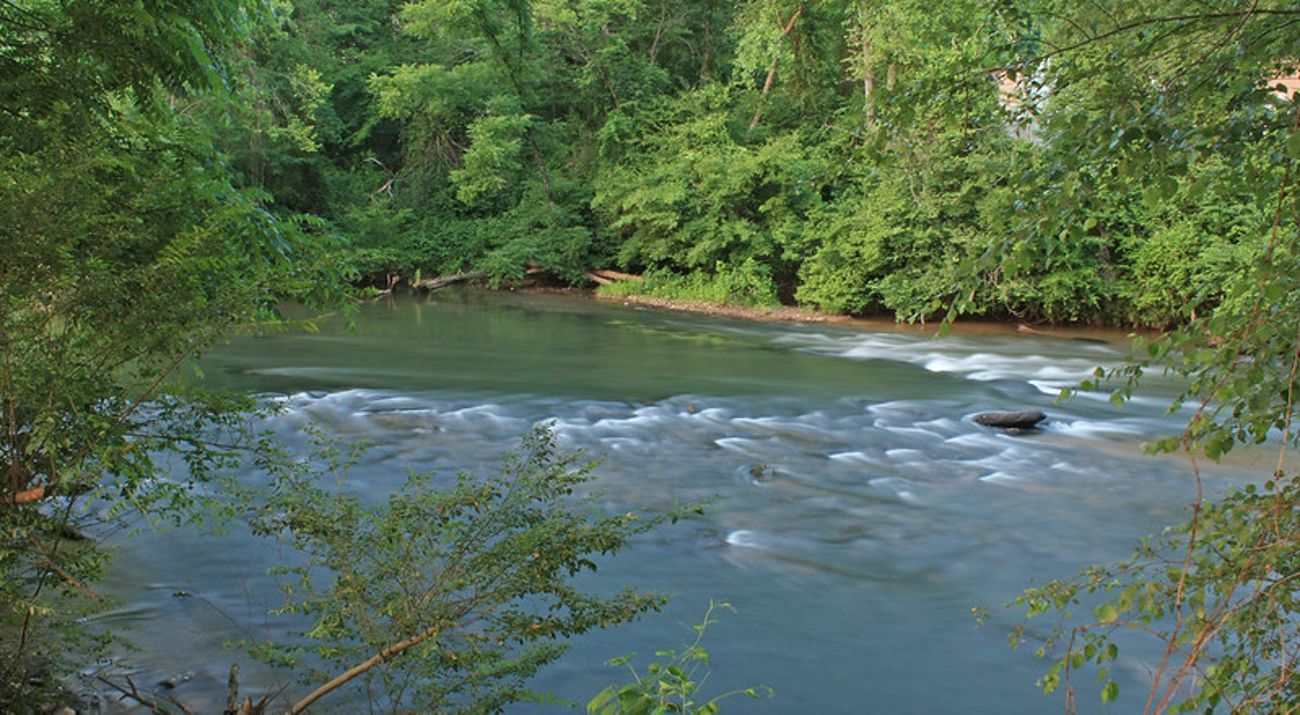
The Nature Conservancy protects rivers, streams and forests in Georgia's Southern Blue Ridge.
When science, urgency and opportunity meet, The Nature Conservancy takes action. In the mountains of North Georgia, we have acquired more than 200 acres that will ultimately become part of the Chattahoochee National Forest property. Here, we know full well that when we protect land, we protect water—not just in North Georgia, but for those downstream too.
Located in the Southern Blue Ridge Mountains and Upper Conasauga River basin, the two tracts that comprise this project are surrounded by the national forest and are high priorities for protection by The Nature Conservancy and the United States Forest Service.
Saturday, Oct. 25, 2025 from 9 a.m. - 12 p.m. Show your love for freshwater by participating in a clean up along the Conasauga River and its creeks and tributaries. Trash bags and supplies will be provided. Volunteers will receive a free t-shirt, hat and sticker as a thank you.
Find a Place to Volunteer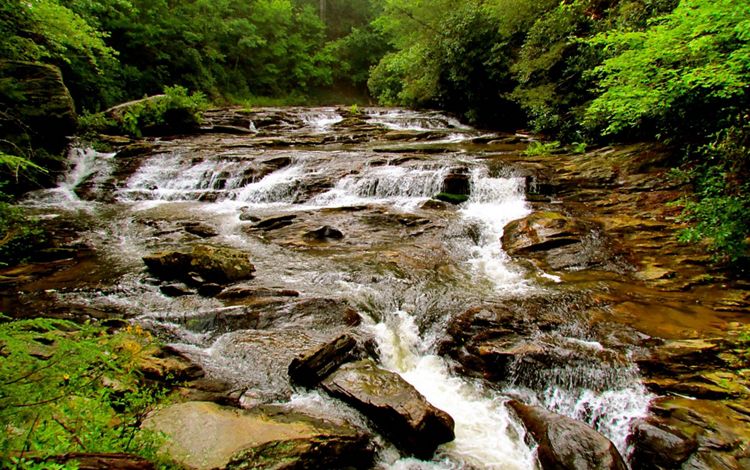

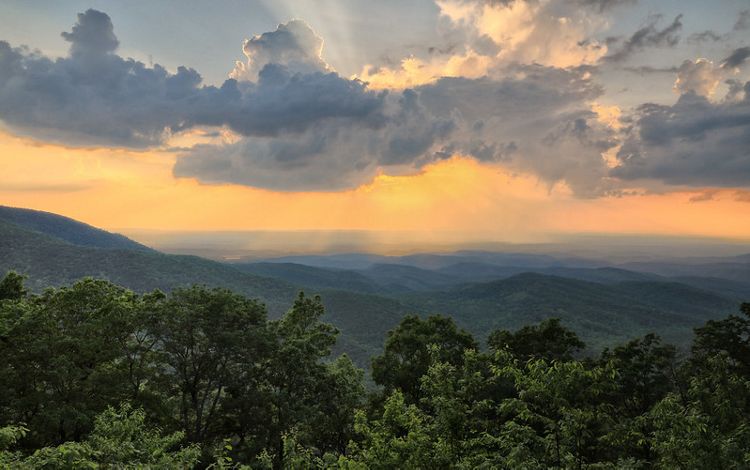
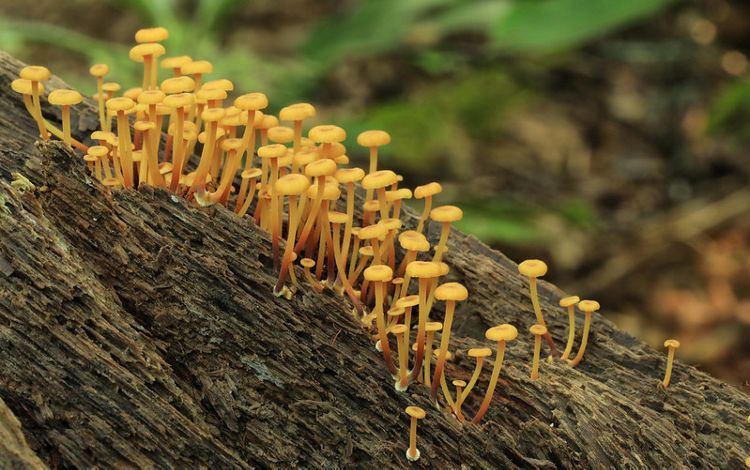

Beginning deep in the Chattahoochee Forest’s Cohutta Wilderness, the Conasauga River flows north through steep terrain into the Cherokee National Forest in Tennessee, then back into Georgia, splitting Murray and Whitfield counties.
The Conasauga is one of the few remaining free-flowing rivers in the Coosa River system and the southeastern United States and is widely known for its exceptional diversity of fish, mussels, snails and crayfish. Protecting the forest here in the upper reaches of the Conasauga headwaters helps safeguard numerous plant and wildlife species.
The Southern Blue Ridge supports nearly 4,000 plant species, of which 400 are considered rare and an astounding 250 are found nowhere else in the world.
The Conasauga basin holds some 90 native fish species—or 10% of North America’s fish fauna—and more than a dozen of those species are rare or endangered. The Conasauga has historically supported at least 44 mussel species, but only about 20 species remain.
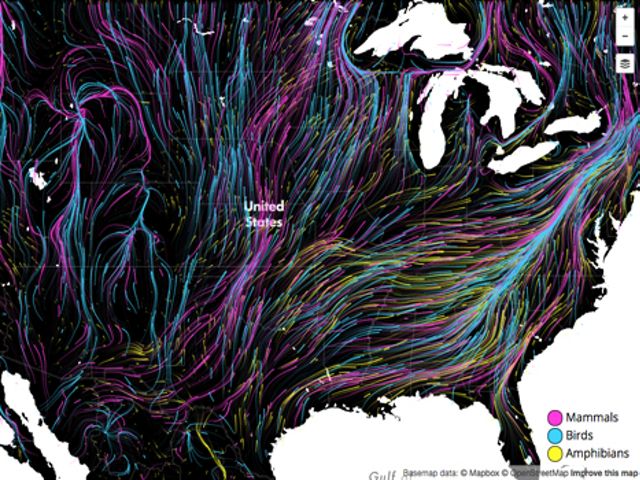
The Nature Conservancy’s Migrations in Motion map shows the predicted corridors that birds, mammals and amphibians will use as land use and climate patterns continue to alter ecosystems. The Southern Blue Ridge mountains allow plants and animals to move as climate conditions shift.
All of this diversity occurs in an area facing tremendous pressure, near some of the country’s fastest-growing urban areas. As the population expands, the Southern Blue Ridge plays an increasingly important role in meeting basic human needs and securing the region’s continued economic well-being.
The health of the Chattahoochee and Cherokee National Forests is critical in protecting the Conasauga’s ecologically rich forests and rivers. Preserving these tracts helps ensure those habitats will stay intact and won’t be fragmented by roads or other development.
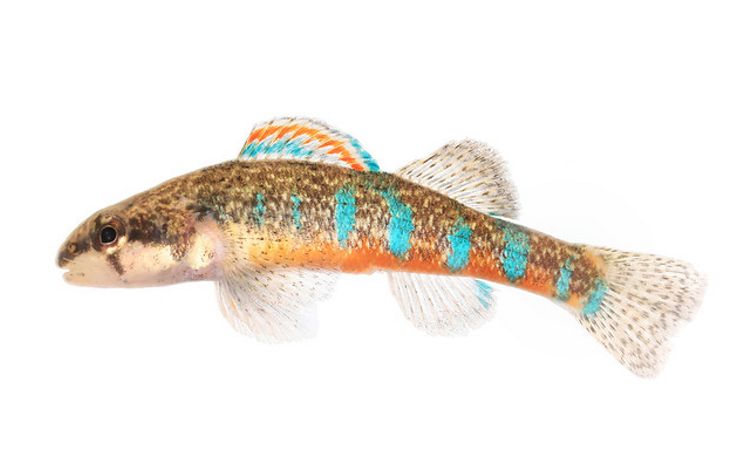
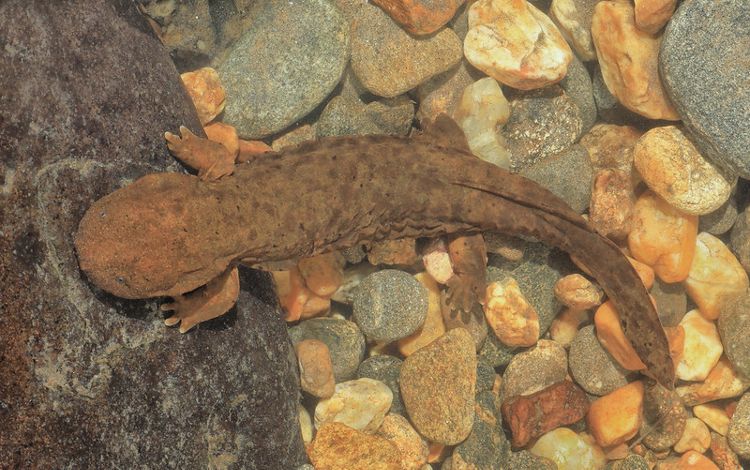
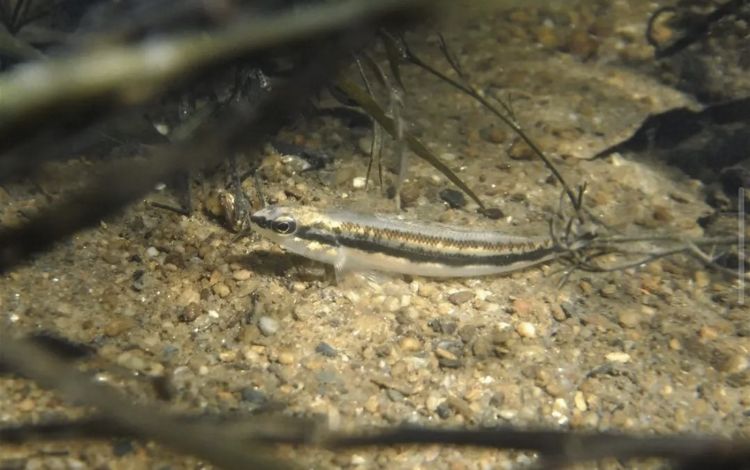
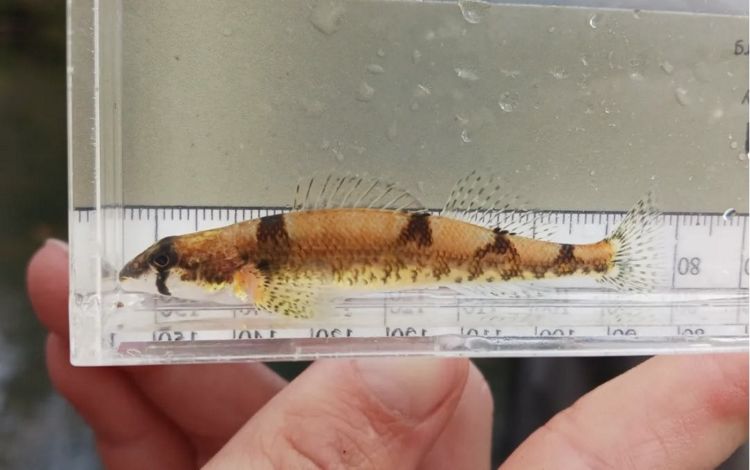
Conserving land in the Conasauga watershed provides protection to headwater tributaries, which are instrumental in providing pristine water quality, that house an incredible diversity of fish, mussels and snails.
Katie Owens, who directs The Nature Conservancy’s Coosa River Basin Program, compares rivers and tributaries to arteries and capillaries.
“For an artery to be healthy, we can’t have blockages,” Owens says. “For a river to do well, its tributaries must provide clean water and nutrients downstream.”
Sign Up for Monthly Nature News Emails
From Across Georgia